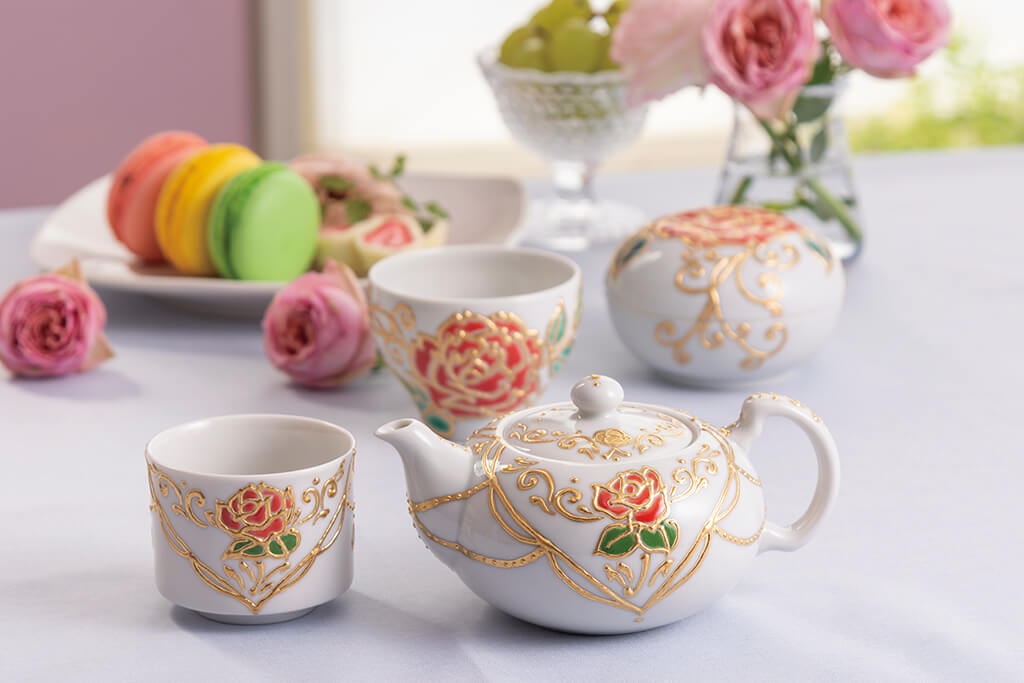Ginsai has a luxurious atmosphere and sense of luxury even among Kutaniyaki porcelain. Because each painting is carefully done by hand by craftsmen, no two pieces are alike. For this reason, it is often used for special occasions such as tea ceremony utensils and gifts, and it is also durable and retains its beauty for a long time. In addition, Kutani Yaki ceramics themselves are resistant to water leakage, making them useful as practical items such as flower vases and teapots.

